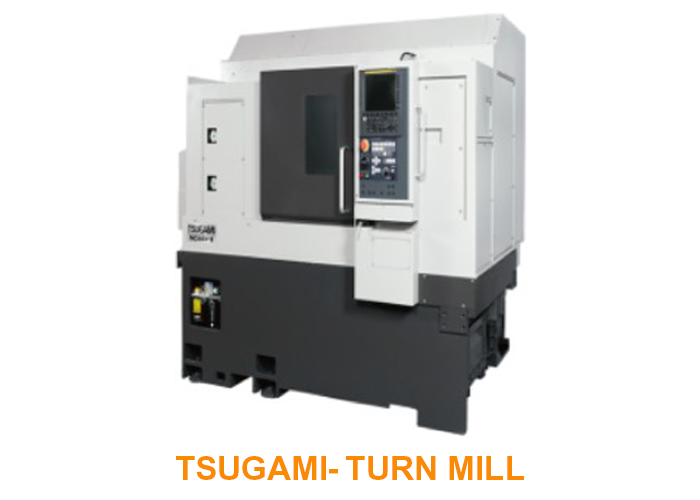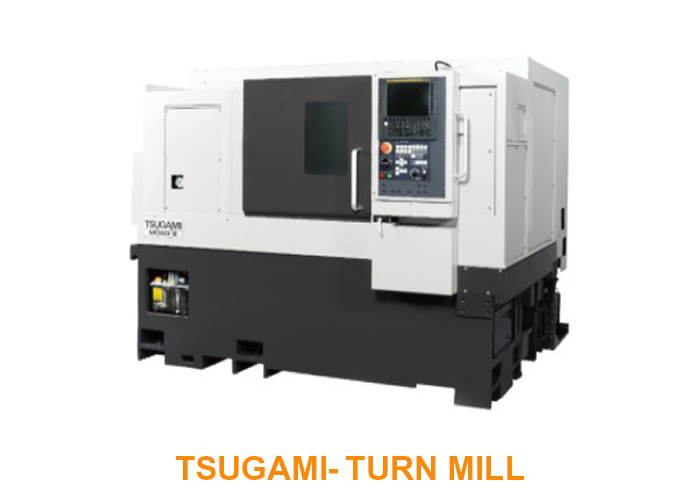Contact
Üeber der Glonn 11, 85238 Petershausen Germany
094143 26983
ps@metriklab-engineering.de
Drehen
Das Drehen ist ein zerspanendes Fertigungsverfahren, bei dem Material von einem rotierenden Werkstück mit Hilfe eines Schneidwerkzeugs entfernt wird. Es wird hauptsächlich verwendet, um runde Werkstücke herzustellen oder zu bearbeiten.
Vorteile des Drehens
- Hohe Präzision und gute Oberflächenqualität.
- Flexibilität bei der Bearbeitung verschiedener Werkstoffe und Formen.
- Hohe Materialabtragsrate bei richtiger Wahl der Parameter.
Anwendungen
- Herstellung von Wellen, Bolzen, Hülsen, und anderen rotationssymmetrischen Teilen.
- Oft in der Automobilindustrie, Luft- und Raumfahrt, und im Maschinenbau verwendet.
Das Drehen ist ein vielseitiges und weit verbreitetes Verfahren in der Metallbearbeitung, das für seine Effizienz und Präzision bekannt ist.














